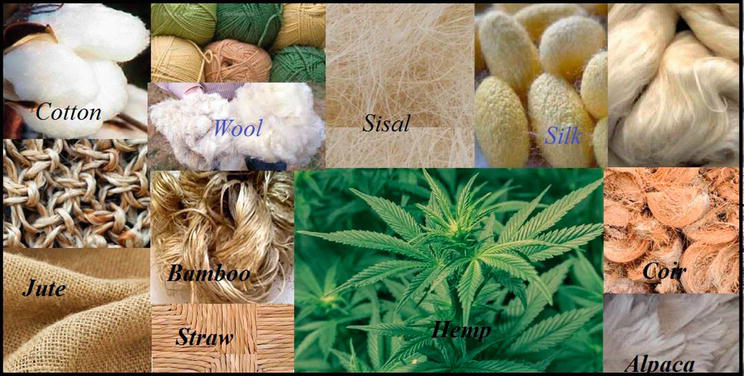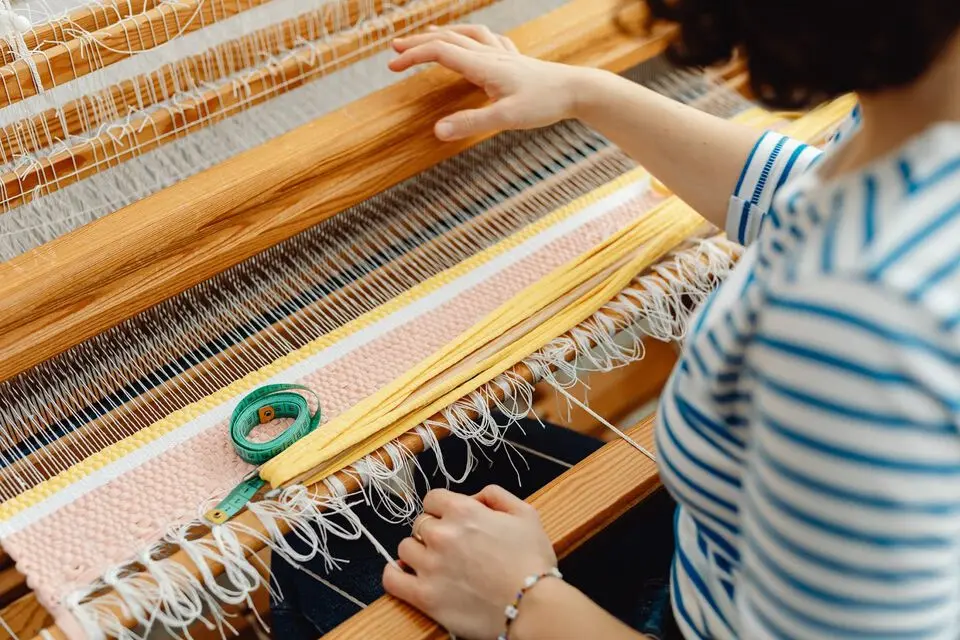Fibre
fibre by Delta publications
Key Notes :
Introduction to Fabrics:

- Fabrics are materials made from fibers or threads. They are used to make clothing, household items (like curtains, bedsheets), and many other products.
Types of Fabrics:
- Natural Fabrics: Made from natural fibers obtained from plants or animals, such as cotton (from cotton plants), wool (from sheep), silk (from silkworms), and linen (from flax plants).

- Synthetic Fabrics: Made from man-made fibers through chemical processes, such as polyester, nylon, acrylic, and rayon.

Sources of Natural Fibers:
- Plant-based fibers: Cotton, linen, and jute.

- Animal-based fibers: Wool from sheep, silk from silkworms.

Synthetic Fibers:
- Made in factories: These fibers are created through chemical reactions and offer advantages like durability and being wrinkle-free.
- Common synthetic fabrics include polyester and nylon.
Blended Fabrics:
- Mixture of fibers: Some fabrics are made by blending natural and synthetic fibers to combine their best properties, such as poly-cotton (a blend of polyester and cotton).
Uses of Different Fabrics:
- Cotton: Used for light, breathable clothing, especially in warm climates.

- Wool: Used for making warm clothes like sweaters and blankets.

- Silk: Used for luxurious and smooth clothing like sarees, ties, and scarves.

- Synthetic fabrics: Used for durable and easy-care items like sportswear and outdoor clothing.

Weaving and Knitting:
- Weaving: The process of interlacing two sets of yarns at right angles to form fabric.

- Knitting: The process of making fabric by interlocking loops of yarn.

Importance of Fabrics:
- Fabrics are an essential part of daily life, providing comfort, protection, and style. The variety in fabrics allows for different uses depending on the environment and needs.
Care for Different Fabrics:
- Natural fabrics like cotton and wool may need special care such as hand-washing or dry-cleaning, while synthetic fabrics are often machine-washable and wrinkle-resistant.
Let’s practice!

